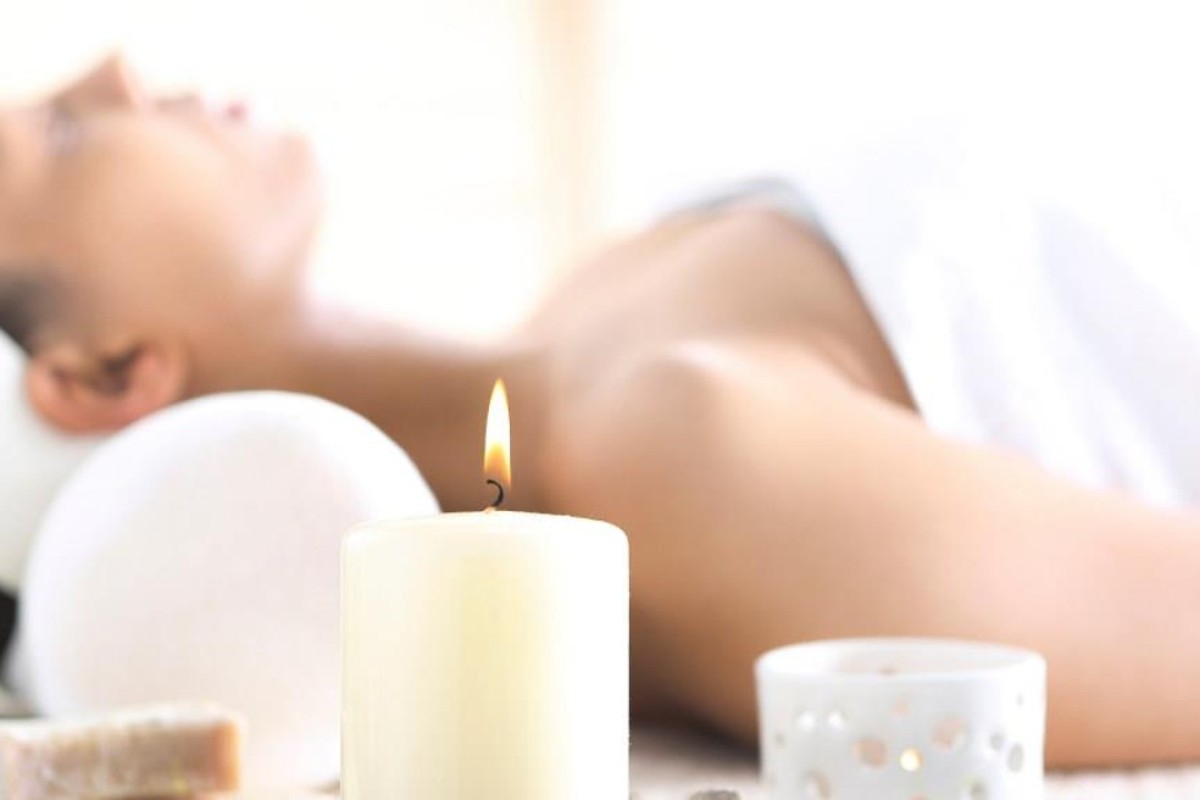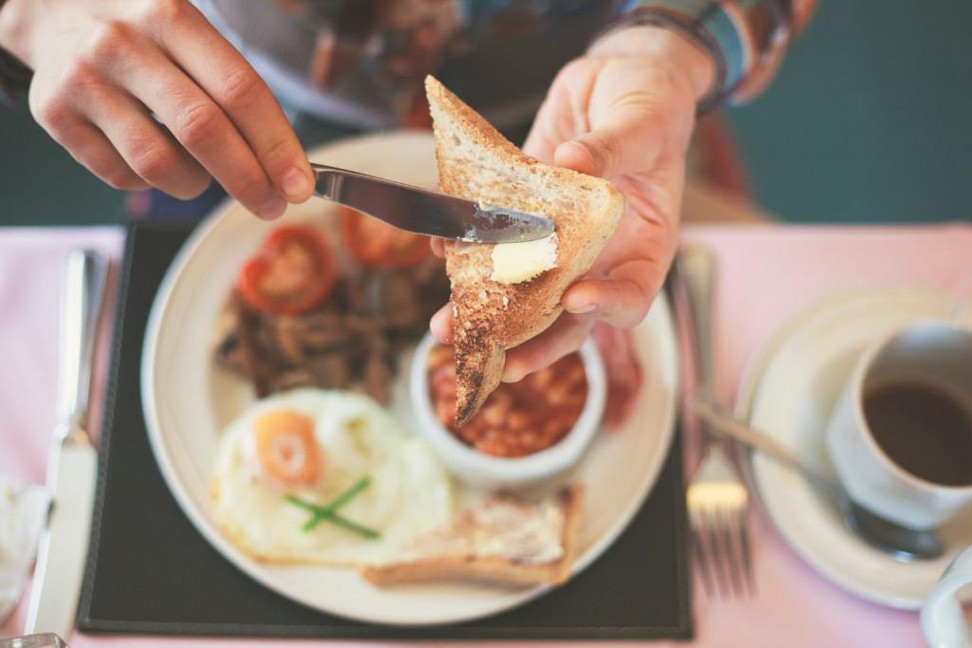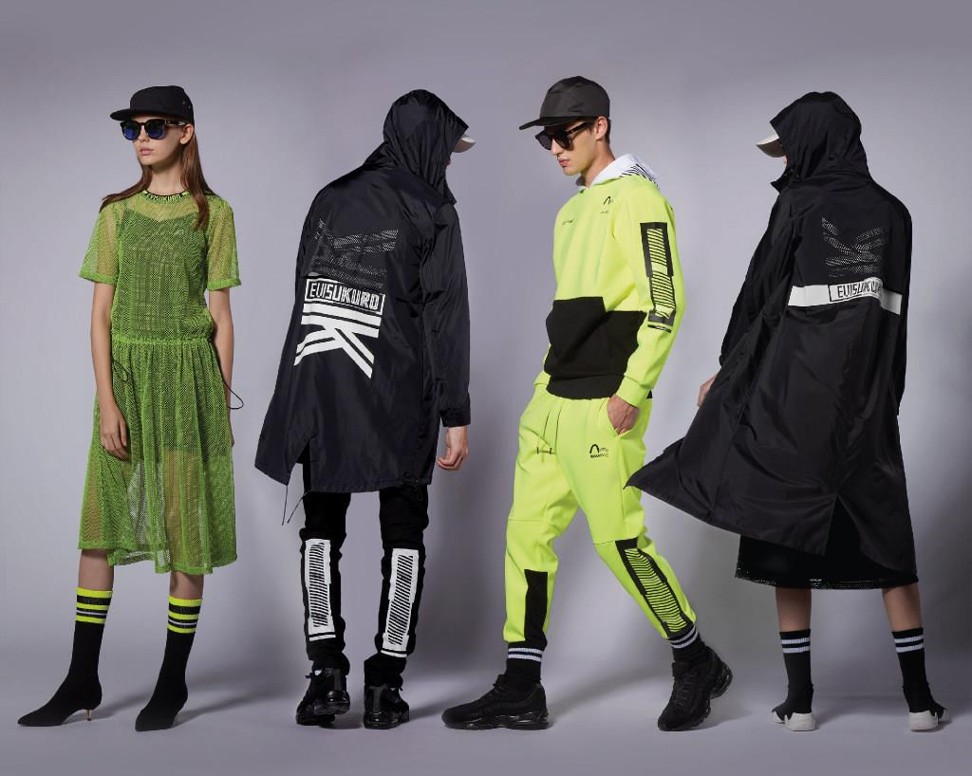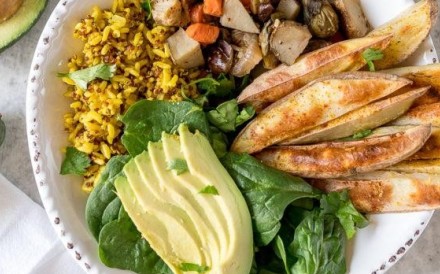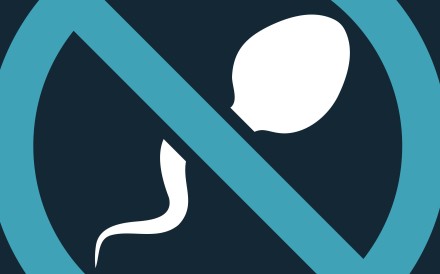Unplugging
From Sean Parker, tech billionaire and Facebook’s first president, to media bigwig Jason Hirschhorn, many tech execs have noted the potential danger and dark side of constantly being plugged in to our smartphones or iPads. Steve Jobs imposed strict screen time on his children, in addition to not allowing them iPads. Recent research is showing how too much screen usage is changing our brain chemistry, making us more disconnected, stressed out and depressed.
It’s important to unplug and find your own happy balance with technology. Whether it be apps that control your phone usage (such as Offtime and Moment), or tech-free retreats and digital detoxes, options are surfacing every day! As part of my New Year’s resolutions, I have downloaded a Bingo Challenge from Folk Rebellion, which comes with a “Screen Freedom Bingo Board” meant to help create boundaries with my devices, as well as encourage offline living and connections. Each square has a daily unplug challenge, such as “device-free dinner” or “sign off” where you go a day without social media. So far, I think my dog really appreciates it.
Intermittent fasting
Step aside, red light therapy and ketogenic diets, intermittent fasting has become the latest biohacking craze among Silicon Valley executives and CEOs to increase productivity and longevity. Numerous scientific studies show that IF can have powerful benefits for your body and brain. In addition to trimming your waistline, it reduces inflammation, slows ageing, lowers your risk of cardiovascular diseases, and improves sleep quality. There are a few ways to experiment with intermittent fasting, ranging from the popular 5:2 (eating normally for five days and fasting for two) to alternate day fasting. If you are like me and tend to find yourself on the verge of an emotional crises when hungry, I would recommend the 16/8 – where you fast for 16 hours of the day and eat within an 8-hour window. A benefit to the 16/8 is that it’s easier to work into the busy and social nature of life in Hong Kong.
Femtech
Ladies, take control of your biology. 2017 was a year of growth for femtech, a tech sector devoted to women’s health. This category includes everything from tampon alternatives to period and fertility tracking wearables and apps, as well as a new wave of sex toys and elegantly designed products for pelvic floor strengthening. Many of these start-ups are led by women with products designed by women. I see no sign of slowing for this trend. As women dig deeper and become more in tune with their cycles, fertility, sexual health, and how that plays into their overall health and well-being; they are then more empowered and informed in devising self-care routines that serve their bodies best. I can’t tell you how many times I’ve looked at my cycle tracking app (Clue) and went, “oh, so that is why I was bouncing off the walls”, or “hmm, I’m a little late – I should probably take some parsley tea (a mild emmenagogue which stimulates menstruation) and 5 HTP to boost my mood and help with cravings”.
Athleisure goes to work
A natural extension of the athleisure trend where functional and comfortable clothing become work appropriate. We’re not talking about Lycra leggings and oversized sweaters, though that sounds very cosy. Think tailored neoprene blazers, technical pencil skirts or trousers paired with some smart-looking sneakers. Essentially it’s business casual athleisure that you can pull off in the office or on the couch. As our professional and personal lives become more intertwined, our wardrobe will become more functional and versatile.
Mindful consumption
Despite Donald Trump pulling out of the Paris Climate Agreement, the accord is going full speed ahead for the rest of the world, as well as groups and organisations within the United States. Climate change affects us all and in 2017, we saw more corporations across sectors take responsibility, making sustainability and ethical practices a priority. In 2018, we must continue to push ahead as consumers, step up and be proactive in healing the planet. Reuse, recycle where you can, support sustainable businesses, and consume with mindfulness considering the environmental implications of each purchase. Make sustainability an integral part of your wellness routine! I said no to fast fashion years ago and never looked back. After watching a heartbreaking documentary “Plastic Ocean” on a recent plane ride – I’m saying goodbye to plastic.
A post shared by Bodha (@bodhamodernwellness) on Dec 8, 2017 at 1:10pm PST
Woo-woo your home
Your home is your sanctuary where you relax and recharge after a long day of work and probably a gruesome workout. Make it work for you. Bring in some indoor plants or terrariums, crystal bookends and coasters, aromatherapy diffusers and oils, and make sure you check out salt lamps. It is said that the negative salt ions released by heating can boost blood flow, improve sleep, increase levels of serotonin in the brain, and calm the central nervous system. Looking to EMF or radiation shielding devices too to keep your bedroom Wi-fi free for a good night’s sleep. The HF-RAYEX I picked up a few months ago from Just Resonance is a bedside staple to harmonise frequencies from mobile phone, wireless routers and Bluetooth connections.
Four essential oils to help you unwind and relax – one cures jet lag, too
Moringa
When it comes to supercharging our breakfast smoothies, spirulina, matcha and turmeric are the usual suspects. Looking for the next big superfood? Meet Moringa. Native to certain parts of Africa and Asia, the Moringa tree is a fast-growing plant that is a rich source of vitamin A, C, E; calcium and potassium. It’s also high in antioxidants and contains all nine essential amino acids. The benefits include managing blood sugar, blood pressure and cholesterol levels, as well as fighting free radicals and boosting immunity. The list goes on. The taste is grassy, earthy and slightly bitter – I’d recommend pairing it with sweeter fruits when blending into your smoothie.
